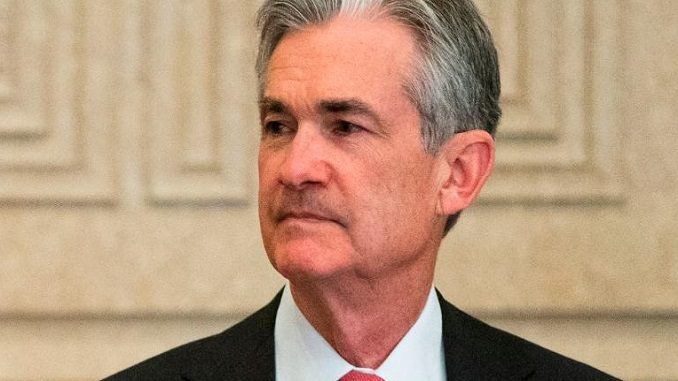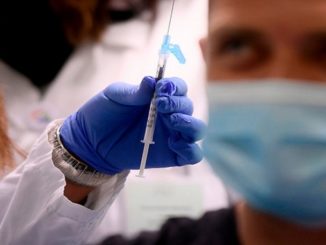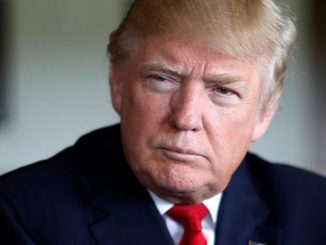
The Federal Reserve is expected to wrap up its latest policy meeting on Wednesday with somewhat rosier economic forecasts but a renewed pledge to keep interest rates low for as long as the world’s biggest economy needs to recover from its deepest downturn in decades, Reuters reported.
The two-day meeting is the U.S. central bank’s first under a newly adopted framework that promises to shoot for inflation above 2% to make up for periods, such as now, where it is running below that target. The strategy means the Fed will not take its foot off the monetary gas pedal even if unemployment continues to drop at a faster-than-expected pace.
Fed officials don’t appear ready to translate that framework into an explicit promise to keep the central bank’s key overnight lending rate in its current range of 0% to 0.25% until certain economic benchmarks – say, 2.5% inflation – are met.
The rate-setting Federal Open Market Committee is scheduled to release its policy statement and a summary of fresh economic projections at 2 p.m. EDT (1800 GMT). Fed Chair Jerome Powell is due to hold a virtual news briefing half an hour later.
“We expect the Committee to adopt this type of outcome-based forward guidance by the end of the year,” Lewis Alexander, chief U.S. economist at Nomura, wrote in a note ahead of this week’s Fed meeting.
But the Fed is likely to close out this meeting with other signals for its long-term commitment to easy monetary policy, Alexander and other analysts said.
Those may include incorporating into the post-meeting policy statement the new “average” 2% inflation target and fresh quarterly forecasts showing most if not all Fed policymakers see no need to raise interest rates through at least 2023.
The Fed may also lean into its bond-buying program as a means to support the U.S. recovery from the recession triggered by the coronavirus epidemic rather than to just supply liquidity to fragile financial markets. Such a change would shore up expectations for a continued easy money policy without actually bolstering purchases.
Since Fed policymakers last met in late July, the economic outlook has brightened somewhat. A scary midsummer spike in daily new U.S. cases of COVID-19 has subsided, though clusters of infections continue to surface around the country. More than 194,000 Americans have died from the disease, according to a Reuters tally.
The economy also has recouped about half of the 22 million jobs lost in the first two months of the recession, unemployment has dropped to 8.4% from a crisis high of 14.7%, manufacturing activity has increased and some measures of consumer spending have surged.




Be the first to comment